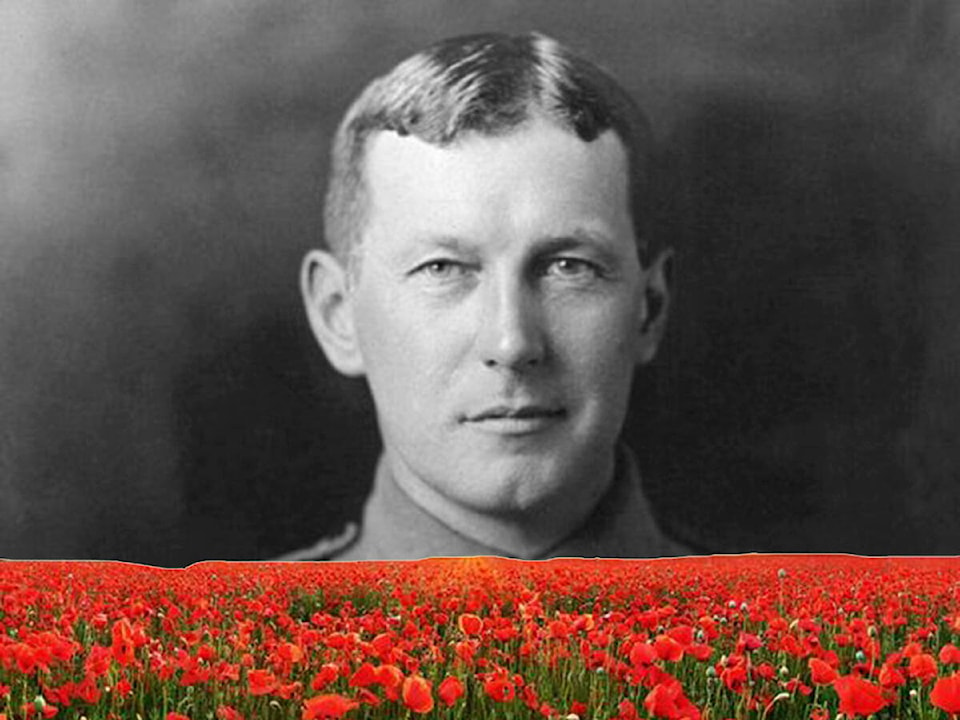This Remembrance Day, November 11, 2021, marks 103 years since the end of the Great War, and 100 years since the poppy was adopted in this country and others as a symbol of remembrance of those who gave the ultimate sacrifice.
In the wide world of floriography (the language of flowers) perhaps nothing is as natural and organic as Papaver rhoeas — the red poppy — symbolizing death, rebirth and remembrance. Its seeds can stay dormant in the earth for years, but when the earth is disturbed they will blossom.
Hence, when the battlefields of Northern France and Belgium (Flanders) were churned up by artillery fire, the poppies would appear in their hundreds. To see the blooming of flowers in the aftermath of the violence, chaos and death of battle, would be a striking sight for an observer.
The Canadian Lt. Col. John McCrae, from Guelph, Ontario — a Brigade Surgeon for an artillery unit — wrote the poem “In Flanders Fields” in May, 1915, shortly after the savage Second Battle of Ypres, with the poppy as its central metaphor.
Though the poppy as a symbol of death and rebirth goes back well before the First World War, at least as far as the time of the Napoleonic Wars at the beginning of the 19th Century, it is McCrae’s famous poem that inspired in particular two women, American and French, to bring a new life to the brightly coloured, tough and tenacious flower as a universal marker of remembrance that encompasses all conflicts.
Moina Michael, a member of the American Overseas YMCA, had been inspired by McCrae’s poem, and worked to popularize the poppy as a symbol of remembrance. Michael’s campaign led the National American Legion to adopt the symbol in April, 1920.
Anne Guérin, from France, was inspired by “In Flanders Fields” to launch the Remembrance Poppy Day. Her idea was for all World War I Allied countries to use artificial poppies as an emblem for remembering those who gave their lives during the War I, and as a method of raising funds to support the families of the war dead and survivors. In 1921, she travelled to Britain and Canada and persuaded both the British Legion and the Canadian Great War Veterans Association (a predecessor of the Royal Canadian Legion) to adopt the poppy as their symbol of remembrance as well.
Like the poppy seeds that lie dormant in battlefields, to blossom when the earth is disturbed, so too do the dead lie under those fields. Our acts of remembrance, on November 11 and throughout the year and through the years, gives rebirth to those dead in living memory, symbolized by the poppy.
